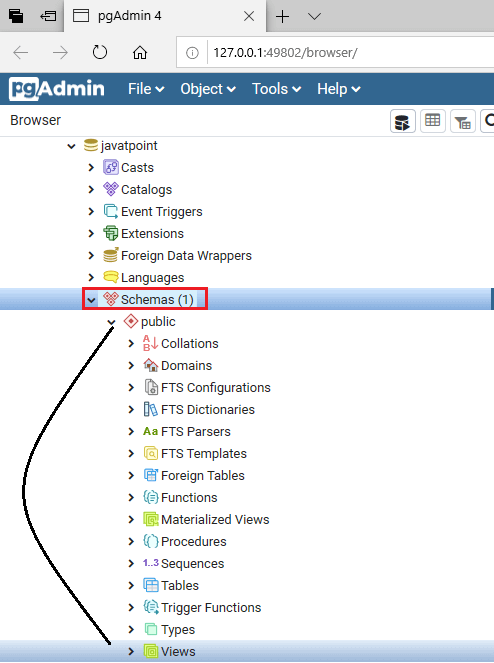


I am the creator of one of the biggest free online collections of articles on a single topic, with his 50-part series on SQL Server Always On Availability Groups.īased on my contribution to the SQL Server community, I have been recognized as the prestigious Best Author of the Year continuously in 2019, 2020, and 2021 (2nd Rank) at SQLShack and the MSSQLTIPS champions award in 2020. I published more than 650 technical articles on MSSQLTips, SQLShack, Quest, CodingSight, and SeveralNines. The CASE expression can be used with SELECT. I am the author of the book " DP-300 Administering Relational Database on Microsoft Azure". PostgreSQL supports CASE expression which is the same as if/else statements of other programming languages. Hi! I am Rajendra Gupta, Database Specialist and Architect, helping organizations implement Microsoft SQL Server, Azure, Couchbase, AWS solutions fast and efficiently, fix related issues, and Performance Tuning with over 14 years of experience. Let’s start exploring Coalesce function in Postgres.Įxample 1: Coalesce () function to return the First Non-Null Value I used the Postgres database for this article, as shown below.

Case sql postgres install#
Go to the URL to install it.Ĭreate a new database for executing the queries. It allows you to add if-else logic to the query to form a. You can use it for database development, maintenance, and use of database objects. The PostgreSQL CASE expression is the same as IF/ELSE statement in other programming languages.

PgAdmin4:The PgAdmin4 is a graphical and open source tool for working with the Postgres database. For this article, I use PostgreSQL 14.5, as shown below. 172 7K views 3 years ago Curso de PostgreSQL APRENDE a USAR esta BASE de DATOS desde CERO Aprendemos a cmo usar el condicional CASE en un Select para crear una columna donde lo que diga. Postgres installation: This article uses PostgreSQL on Ubuntu. The Coalesce function is a shorthand of the Case statement.īefore we start exploring the Coalesce function using examples, you should have the following setup. The syntax of the PostgreSQL COALESCE function is as given below: The Coalesce function requires a minimum of two inputs. In addition, it can replace null values with a specified non-null value. The coalesce function’s role is to return the first non-null value it encounters when reading from left to right. In this discussion, we’ll primarily explore coalesce usage in PostgreSQL. Its purpose is to display the first non-null value it encounters. However, in many cases, we don’t want those null values. As we all know, we can insert both null and non-null values into a PostgreSQL table. The coalesce function in PostgreSQL is beneficial when we want to ignore null values while processing data. If it's not for some reason to do with SQL's deeper architecture, I'd like to understand why.This article will make you learn the Postgres Coalesce command with examples. This feels like a more correct & less wasteful way to do it. In the past I've done operations like this by doing two SELECTS, one of which is against the item_templates table, the other against the unique_items table, and taken their UNION. There are two forms of the CASE statement: Simple CASE statement Searched CASE statement Simple CASE statement Syntax: CASE search-expression WHEN expression1, expression2.
Case sql postgres code#
Or if this is something you can't do conceptually - have each row choose its own join - I'd love to get a link to a deeper explanation. PostgreSQL provides you with CASE statements that allow you to execute a block of code conditionally. If there's a quick fix for the syntax, I'd love to hear it. This is the sort of thing I've been trying, without success: SELECT item_table, item_id, * So when I find a record of an item in the item_instances table, I want to look up more information about it, and I need to pull that info from the correct table. They are now stored in the unique_items table. CASE statements are essentially the case when certain conditions are met. Say I've got a table of item_instances in my game, of all the items in the game world, and some of the items are cookie-cutter copies of generic items from the item_templates table, and other items started off as templates, and then acquired unique properties as players used them. I'm attempting to use a CASE expression to select which table each row should be joined with.


 0 kommentar(er)
0 kommentar(er)
